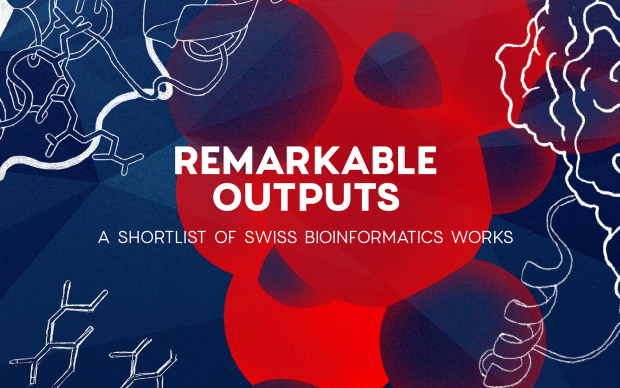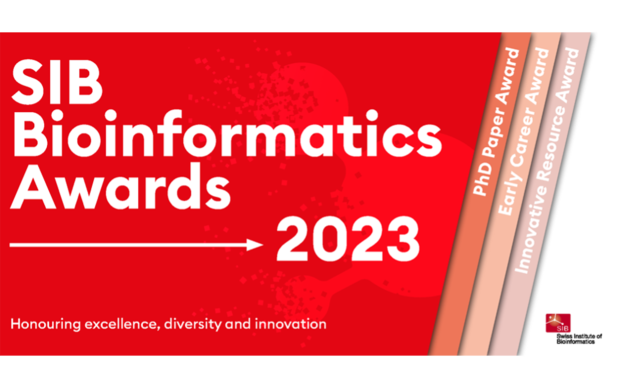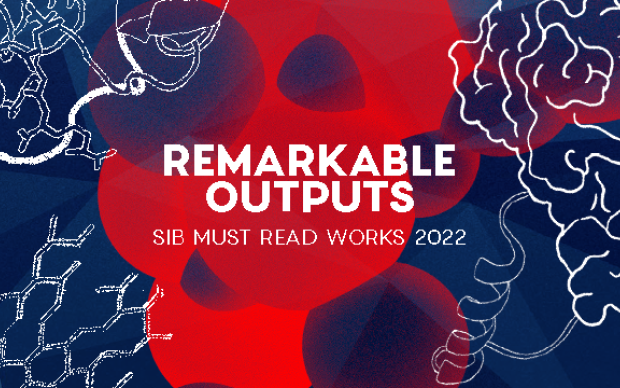David Meyer, Bioinformatician at the Institute for Genome Stability in Aging and Disease, Uniklinik Köln, received the SIB Bioinformatics PhD Paper Award 2025 for his paper “Aging clocks based on accumulating stochastic variation” at the [BC]2 conference in Basel. The jury especially appreciated that the paper presents a completely novel concept and a fresh way to address the problem. He sat down with us after the ceremony to tell us about the significance of this distinction.
What does this recognition mean for your research?
It is great, and I hope it will help me achieve more independence. I am currently trying to set up my own lab. This public recognition is an important step towards my goal of setting up my own lab.
Why do you think awards like this matter for bioinformatics?
Many people still think of bioinformatics as a ‘tool’ and not a fully-fledged discipline. Highlighting important achievements in the field with these awards thus helps to make its relevance more broadly visible – including for wet lab scientists, with whom there could be more interactions.
What would you like to share about the people, collaborations or bioinformatics resources that made this possible?
My Principal Investigator, Björn Schumacher, was a great inspiration. His perspective as a wet lab scientist were very stimulating and valuable to me. Many ideas sprung from our long-standing collaboration. His input also helped make these ideas understandable for the biology community at large. My biggest thanks go to him. There were also several people who gave valuable feedback such as Andreas Beyer, also from our institute, and Peter Tessarz, Radboud University.
Then, of course, all the data we used was publicly available. The fact that we could download them from big databases like the NCBI was very helpful.
Any words for future generations of bioinformaticians?
For me, at least, feedback from wet lab scientists was crucial, as I mentioned. Feedback on your ideas and your writing from experts outside the field of bioinformatics or non-experts is especially useful. Our paper underwent several rounds of editing and rewriting to become understandable. Making your paper as easy to read and accessible to non-experts as possible is important.
What are your current research interests?
Firstly, I am interested in further investigating the stochastic and entropic changes associated with aging at various scales, as there are still a lot of unknown in that field.
Second, we recently put out a preprint on in-silico drug screening. With these stochastic aging clocks, we can identify which neuron types degenerate earlier than others. We, then, use this information to screen for compounds that might combat or reverse neural degeneration
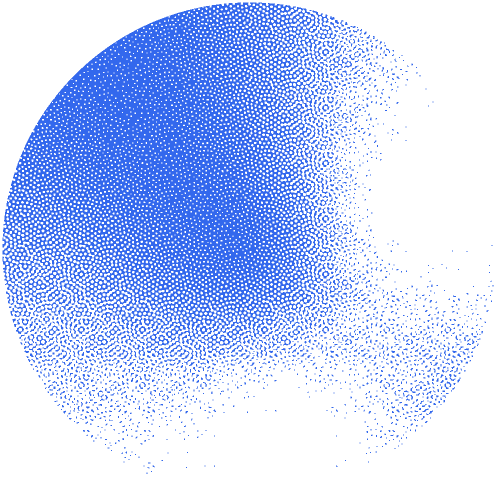
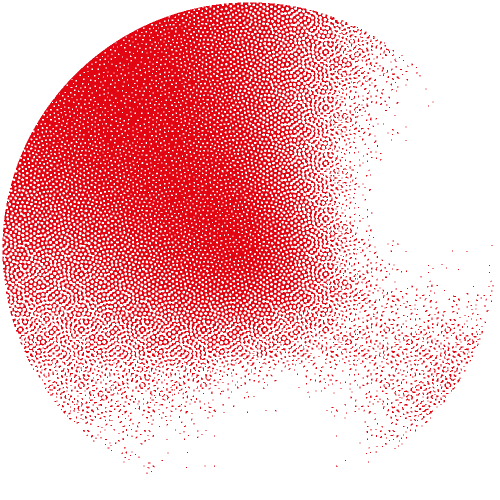
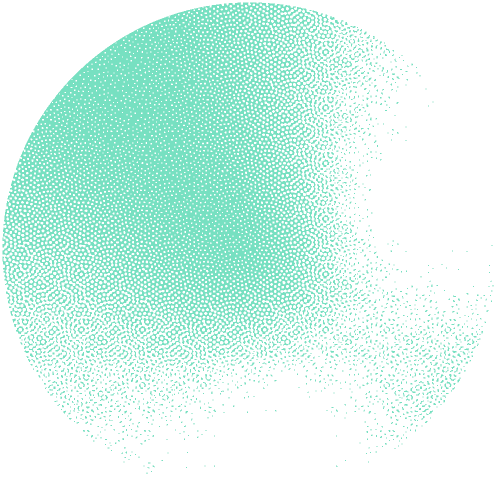
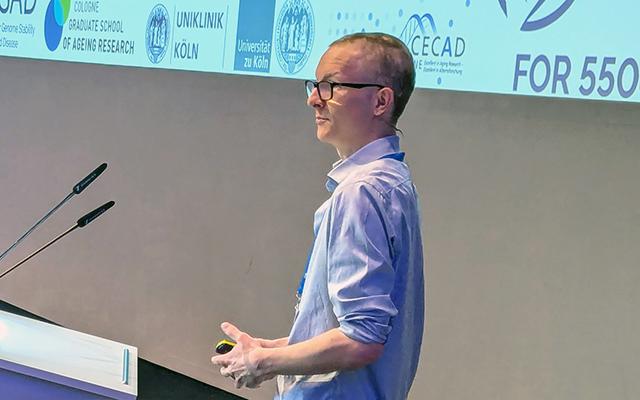
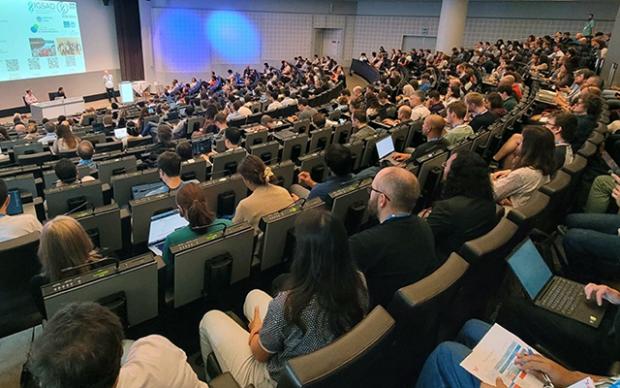
![Michael Skinnider presenting at the [BC]2 Basel Computational Biology Conference](/sites/default/files/styles/card_image/public/2025-10/michael-skinnider-banner.jpg?h=602a36b5&itok=tmJobPUi)
![Ilan Gold presenting at the [BC]2 Basel Computational Biology Conference](/sites/default/files/styles/card_image/public/2025-10/ilan-gold-banner.jpg?h=602a36b5&itok=YvC9BUMP)
